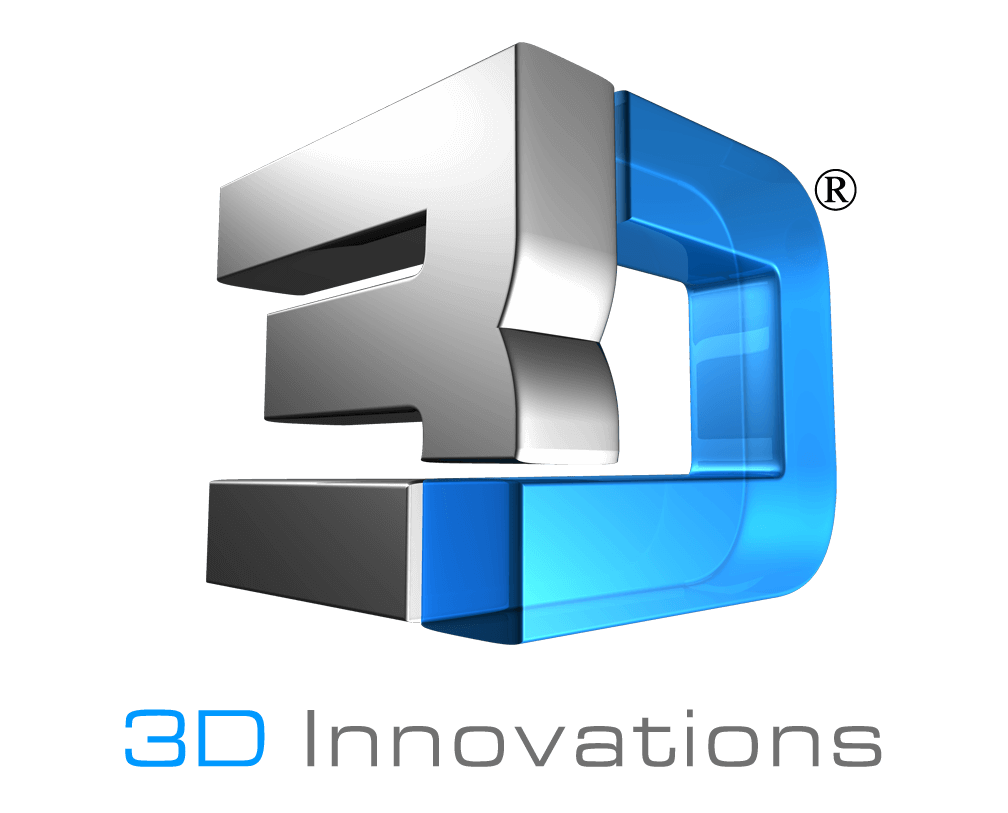Product development is a fluid process that is not truly complete until there is a manufactured product in your hands. However, the process of taking a great idea and translating that idea into a physical product is not as predictable as you might think. Below are three common product development myths:
Myth 1: Product Development is Predictable
While the stages of the development process are the same for each product—concept, prototype, manufacturing and final product—and its overall progression is predictable; the length of time in each stage of the product development cycle may differ drastically for each product. The entire process has a certain volatility to it—a single manufacturing requirement can send you right back into the prototype design phase of development.
“In the world of manufacturing physical objects, tasks are repetitive, activities are reasonably predictable, and the items being created can be in only one place at a time. In product development many tasks are unique, project requirements constantly change, and the output—thanks, in part, to the widespread use of advanced computer-aided design and simulation and the incorporation of software in physical products—is information, which can reside in multiple places at the same time.” (Harvard Business Review)
Myth 2: A Finished Design is Ready for Production
Developing the tooling for a design that has not been tested beforehand is expensive and can be a potentially fatal mistake for a startup. If a flaw is found in your design after the tooling has been made, it is extremely costly and time-consuming to go back and try to fix the tooling—and in most cases, you will need to have new tooling designed.
Without proper testing and simulation, your design is not ready for production. Taking the time to test all aspects of your design will ultimately save you time and resources.
Myth 3: The More Features, The Better
It is a common belief that adding features creates value for customers and subtracting them destroys value. This attitude explains why even the simplest of products have become so inundated with unwanted features.
Startups and product designers that challenge this belief create products that are elegant in their simplicity. Designing for simplicity means that you must first understand two things—the problem you are solving and which features to hide or omit. “One company that has understood this is Apple. It is known for many things—innovative products, stylish designs, and savvy marketing—but perhaps its greatest strength is its ability to get to the heart of a problem.” (Harvard Business Review) By truly understanding the problem your customers are facing, your design can hone in on the perfect solution. As Leonardo da Vinci once said, “Simplicity is the ultimate sophistication.”
Have additional questions about the product development process or other product development myths? Contact us at info@3d-innovations.com
_______
3D Innovations is a Product Development Company – from the 3D Design to a fully functional 3D Prototype & Product.
Subscribe to the 3D Innovations newsletter on our Facebook page!

